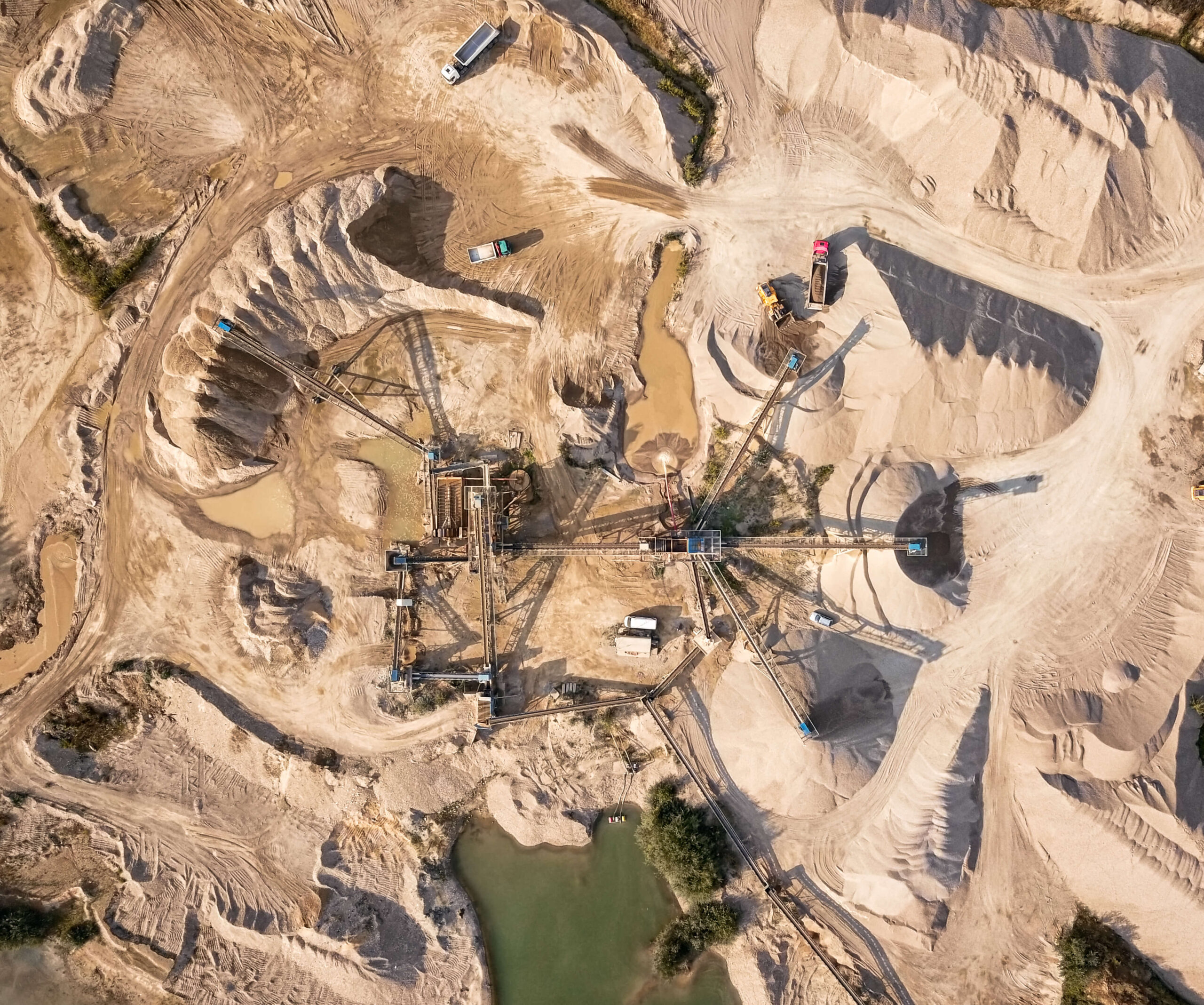On March 10, 2021, nearly one year into the pandemic in the United States, the Mine Safety and Health Administration (MSHA) issued its first comprehensive guidance addressing COVID-19 protections for mine sites.
The guidance provides what MSHA characterizes as “recommendations,” as well as information on existing “mandatory safety and health standards” that MSHA considers to be applicable to COVID-19 hazards. The agency states that the guidance is not meant to establish new legal obligations, but MSHA emphasizes that operators are responsible for taking action to prevent “the spread of SARS-CoV-2 (COVID-19) as part of their obligation to provide a safe and healthful mine.”
As of March 15, 2021, it was not clear whether MSHA would issue an emergency temporary standard mandating additional protections from COVID-19. In the meantime, operators may want to become familiar with the latest guidance, consider implementing MSHA’s recommendations where feasible, and keep an eye out for future updates from the agency.
Key Points in the Guidance
The following are points that mine operators may find instructive based on MSHA’s available COVID-19 safety guidance.
1. Recording COVID-19 protective measures taken. MSHA’s guidelines recommend that the mine operator perform a “thorough assessment” to identify potential COVID-19–related hazards and measures to address them. Operators may want to conduct such assessments for any type of hazard. This is particularly true where new or complex hazards are concerned.
Inevitably, the assessment process involves memorializing in a written document a description of the hazards that were found. What operators may also want to do is record what was done to address those hazards. Operators may also consider—or recording the measures taken on the same document as the hazard assessment so it is clear that potential hazards have been addressed.
2. Refreshing the assessment and monitoring the implementation of protective measures. This is not a one-and-done process. Periodic reevaluation of the hazards and protective measures may be important to ensure new, unaddressed hazards have not arisen and to monitor the continued effectiveness and implementation of the protections identified. Reporting of potential COVID-19 exposures, incidences of actual illness, or other indications of increased risk of transmission could also necessitate such follow-up to ensure the mine is still using the right controls to protect miners.
MSHA may consider workplace examination citations where hazards are not appropriately identified or addressed. Inspectors may also allege a violation where certain protective measures identified in other MSHA standards are not being used. Regular monitoring and follow-up may be helpful to show that the mine is staying on top of the situation.
3. Involving miners in the hazard assessment process. MSHA suggests that miners and miners’ representatives be included in the hazard assessment process, as they may be in the best position to identify possible exposure risks. This may be particularly helpful with regard to certain tasks that could raise exposure concerns that only someone familiar with that job would know.
Including miners in the assessment process might also improve their willingness to carry out the actions they need to do to protect themselves and others, and to comply with the mine’s requirements that incidences of suspected or known COVID-19 illness are reported to the operator.
Operators may want to keep in mind that any safety or health concern that a miner raises could be the basis for a discrimination claim that a miner may later bring under section 105(c) of the Federal Mine Safety and Health Act alleging that discipline or some other employment action was retaliatory. Miners may also try to claim that their rights to raise safety issues with the company or MSHA were interfered with in some way.
4. Reporting COVID-19 illnesses. MSHA’s guidelines clearly state that operators are only required to file an illness report on the Form 7000-1 with the agency for COVID-19 if the illness meets all the requirements for other mine-related illnesses that are specified in 30 C.F.R. Part 50. This includes the key requirement that the COVID-19 illness be occupational in nature. If it cannot be determined that the virus was contracted at work, the occurrence likely does not have to be reported to MSHA.
Ogletree Deakins will continue to monitor and report on developments with respect to the COVID-19 pandemic and will post updates in the firm’s Coronavirus (COVID-19) Resource Center as additional information becomes available. Important information for employers is also available via the firm’s webinar and podcast programs.
A version of this article was previously published in Pit & Quarry magazine.







